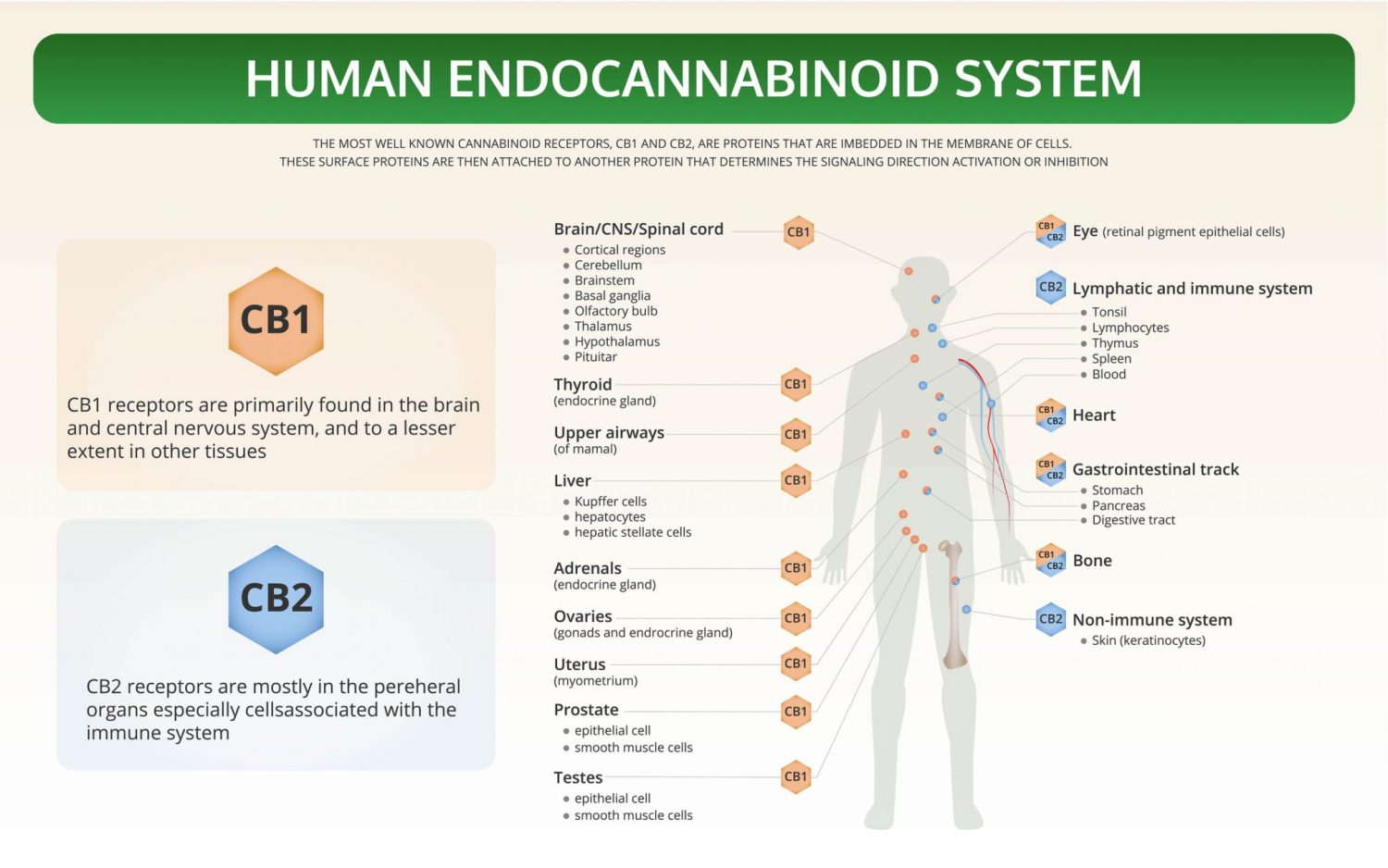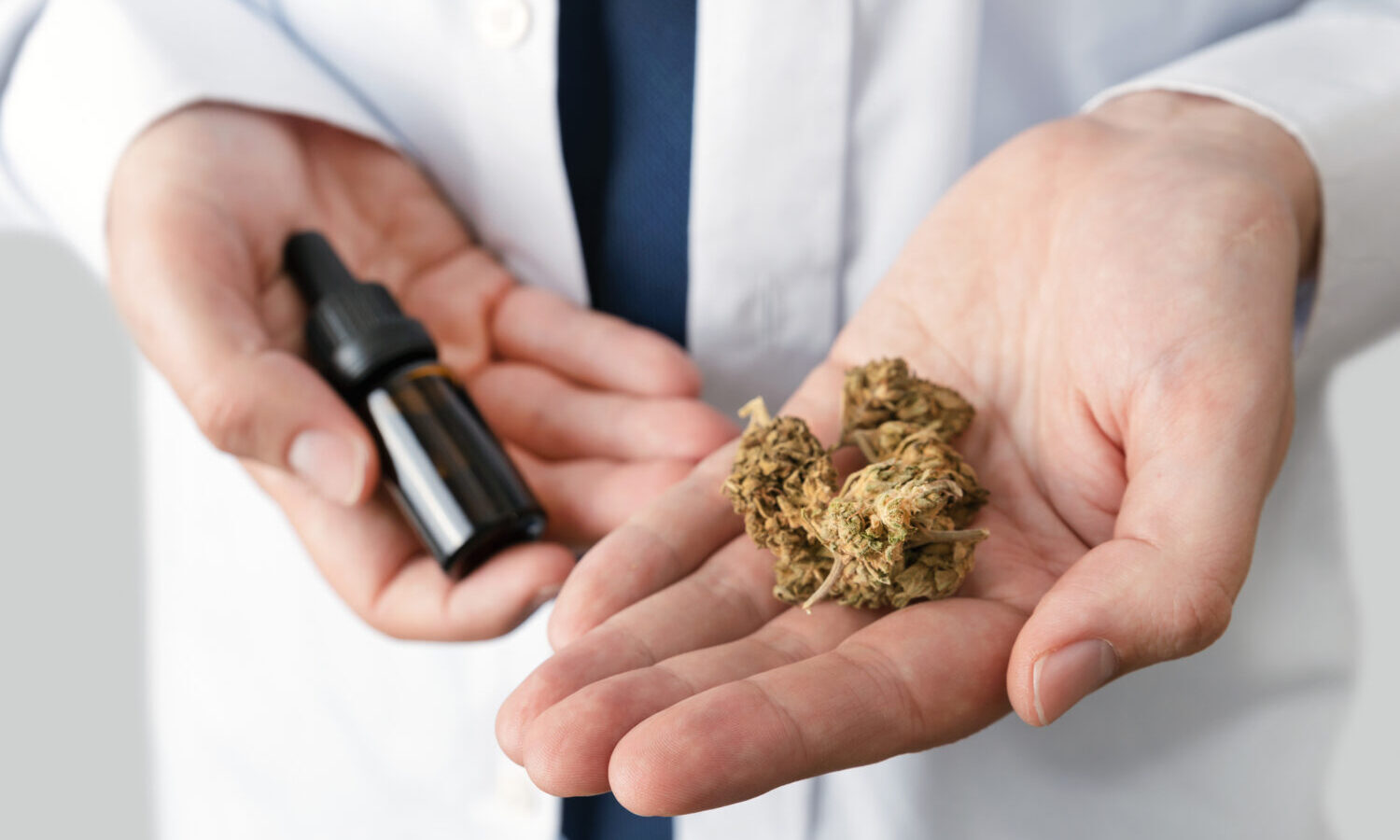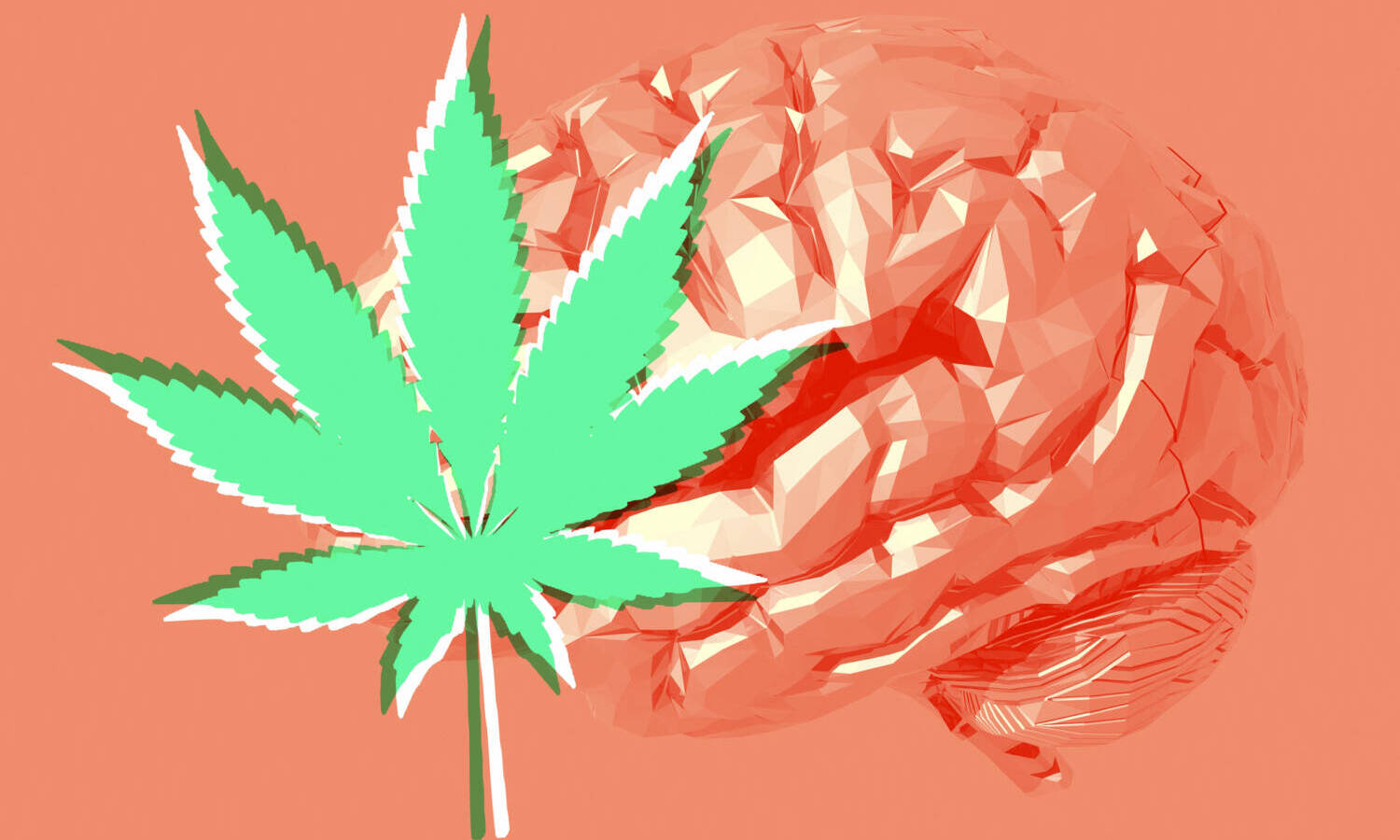So far, preliminary studies have shown that this system plays a significant role in maintaining health and well-being.
So little is known about the largest receptor system in the human body which is the endocannabinoid system (ECS). Most sources indicate that the ECS was discovered barely three decades ago, in 1988.
Since then, scientists from around the world have made progressive discoveries about this dynamic system and its significance in health and disease.
The number of published studies and articles on the ECS have spiked significantly in the last decade spurring a growth in public interest in the subject. There are even suggestions that this “ seemingly abstruse” system could indeed be the most important system in the human body, given its large influence. Robert Mechoulam who is considered as a founding father of medical cannabis had this to say about the ECS.

“Two eminent scientists said that the endocannabinoid system is involved in essentially all human disease. This is a very strong statement, but it seems to be correct.”
Here are five things to know about the endocannabinoid system.
The ECS Is Made up of Three Primary Components
From what science has revealed so far, the ECS is made up of three primary components that are spread throughout the central and peripheral nervous system; endocannabinoids (ligands), endocannabinoid receptors, and endocannabinoid enzymes (synthesizing and degrading). The endocannabinoids are synthesized by enzymes in the system and interact with endocannabinoid receptors to produce certain effects in the body. Once they have finished their role, they are degraded and removed from the system. The ECS has been described as a “lipid signaling system.”
The ECS has two types of receptors which are CB1 and CB2. CB1 receptors are abundant in the central nervous system while CB2 receptors are abundant in immune cells. The primary endocannabinoids that have been identified are anandamide (bliss molecule) and 2-AG. Anandamide is degraded by the enzyme FAAH while 2-AG is degraded by MAGL.
The ECS Is Present in Both Vertebrates and Invertebrates
Earlier on, it was believed that the ECS was only present in animals that have a backbone aka mammals. It has now emerged that invertebrates such as leeches and mollusks. It is however more pervasive in mammals.
The ECS Maintains Homeostasis in the Body
The ECS is a “regulatory” system that is involved in various important functions in the body. The primary role of the ECS is to maintain a state of homeostasis or physiological balance in the body. Terms such as endocannabinoid tone have emerged and are used to describe the overall state of the ECS in terms of the density and function level of its components.
RELATED: Are You Endocannabinoid Deficient? Here’s How To Tell
When the ECS senses an imbalance, it triggers a cascade of events along signaling pathways to restore balance. For example, when the body temperature is too high, the ECS will trigger mechanisms to ensure that temperature is restored to normal parameters. The ECS is involved in regulating the following functions:
- Pain
- Sleep
- Hunger
- Metabolism
- Hormonal function
- Reproduction
- Memory
- Nausea and vomiting
- Immunity
- Moods
The ECS has an extensive network of receptors that are spread out in almost every part of the body. ECS receptors are highly concentrated on the skin which is the largest organ in the body. This wide network of receptors support the far reaching effects of the ECS.

Clinical Endocannabinoid Deficiency May Trigger Chronic Disease
The body may in some cases have a deficiency of endocannabinoids. This state which is described as clinical endocannabinoid deficiency syndrome (CECD) has been linked to some chronic conditions. One study that investigated the concept of CECD found that it could be the underlying trigger for chronic and treatment resistant conditions including migraines, irritable bowel syndrome, and fibromyalgia. The researchers further suggested that this could possibly explain how cannabis provides benefits for these conditions.
Phytocannabinoids in Cannabis Interact With the ECS
The cannabis plant has hundreds of bioactive molecules mostly made up of phytocannabinoids and terpenes. Delta-9-tetrahydrocannabinol (THC) and cannabidiol (CBD) are the two most investigated phytocannabinoids. Scientists have discovered that phytocannabinoid are able to mimic the actions of endocannabinoids that are produced naturally in the body. Hence, they are able to support the role of the ECS in maintaining homeostasis. This forms the basis of medical cannabis.
RELATED: How Your Endocannabinoid System Affects Your Cannabis Experience
THC primarily binds to CB1 receptors in the brain. Alongside providing therapeutic benefits THC also causes psychoactive effects by altering the state of the mind to induce euphoria. CBD interacts indirectly with both the CB1 and CB2 receptors. Because it does not bind to the CB1 receptors, it does not cause psychoactive effects.

The ECS Forms the Basis For Medical Cannabis
Medical cannabis has gained significant traction in the last decade due to discoveries in science about the role of the ECS and how cannabis can influence this system. To date, 37 states have legalized medical cannabis programs that allow patients to access cannabis-based treatments.
Here are some of the conditions that have been approved for medical cannabis treatments in the US:
- Cancer
- Neuropathic pain
- Multiple Sclerosis
- HIV/AIDS
- Diabetes
- Multiple Sclerosis
- Epilepsy
- Crohn’s disease
- Alzheimer’s disease
- Joint degeneration
- Nausea and vomiting in terminal illness
- Anxiety
- Depression
- Sleep disorders
- Mood disorders
Medicinal cannabis may also be used as adjuvant therapy to improve the efficacy of other drugs. For example, patients who are on opioids for pain management can use medicinal cannabis to reduce the amount of opioids that they are taking. This also has a positive impact on opioid-related side effects.
The ECS is still being studied and there is a lot that remains unknown about this system. So far, preliminary studies have shown that this system plays a significant role in maintaining health and well-being. It is also clear that phytocannabinoids from cannabis have far reaching effects on the ECS, which forms the basis for medical cannabis.
This article was created in partnership with Cannabis.net.


